Congo barb - Barbus callipterus
Scientific name: Barbus callipterus
Common name: Congo barb
Family: Cyprinidae
Usual size in fish tanks: 8 - 9 cm (3.15 - 3.54 inch)
014
Recommended pH range: 5 - 7
Recommended water hardness: 0 - 12°N (0 - 214.29ppm)
0°C 32°F30°C 86°F
Recommended temperature range: 23 - 29 °C (73.4 - 84.2°F)
The way how these fish reproduce: Spawning
Where the species comes from: Africa
Temperament to its own species: peaceful
Temperament toward other fish species: peaceful
Usual place in the tank: Bottom levels
Tank Requirements
The Congo Barb (Barbus callipterus) is a peaceful and hardy species, making it well-suited to community tanks with other non-aggressive fish. They thrive in well-planted aquariums with soft, slightly acidic to neutral water. A minimum tank size of 100 liters (26 gallons) is recommended to accommodate a small group, as they are a schooling species and should be kept in groups of at least five individuals.
Maintain the water temperature between 23-29°C (73.4-84.2°F), with a pH range of 5.0-7.0, and water hardness between 0-12°N (0-214.29 ppm). These fish prefer clean, well-oxygenated water, so it is important to perform regular water changes and provide good filtration. Adding plants like Cryptocoryne or Anubias can provide hiding spots and a sense of security for the Congo Barb, while also helping maintain water quality.
Tankmates
Due to their peaceful nature, Congo Barbs make excellent tankmates for a wide range of other peaceful species. Ideal companions include small, non-aggressive fish and bottom-dwellers that share similar water requirements. Some suitable tankmates include:
- Black Neon Tetra (Hyphessobrycon herbertaxelrodi)
- Harlequin Rasbora (Trigonostigma heteromorpha)
- Bolivian Ram (Mikrogeophagus altispinosus)
- Palespotted Corydoras (Corydoras gossei)
Feeding
Congo Barbs are omnivores and will readily accept a variety of foods. In the wild, they feed on algae, insects, and small invertebrates, but in captivity, they will thrive on a varied diet of quality flake food, pellets, and frozen or live foods. Offer a mix of vegetable-based foods such as spirulina flakes, along with protein-rich options like bloodworms, daphnia, and brine shrimp. Feeding them a balanced diet will help enhance their coloration and keep them healthy.
Sexing
Sexual dimorphism in Congo Barbs is subtle but can be observed in mature specimens. Males tend to be brighter in coloration, with more vivid body markings. Females, on the other hand, are generally plainer and appear rounder, especially when full of eggs. The difference becomes more noticeable during the breeding season.
Breeding
Breeding Congo Barbs in a home aquarium can be achieved with the right conditions. They are egg-scatterers, and females will lay hundreds of eggs among fine-leaved plants or other vegetation. It is important to provide dense, bushy plants like Java Moss for spawning.
To encourage breeding, keep the water temperature around 26-28°C (78.8-82.4°F) and maintain slightly acidic water conditions. Once spawning is complete, it is crucial to remove the adults from the breeding tank to prevent them from eating the eggs. The eggs typically hatch after two days, and the fry can be fed on infusoria or liquid fry food until they are large enough to accept baby brine shrimp or finely crushed flakes.
Lifespan
With proper care, Congo Barbs can live for up to 5-8 years in captivity, depending on water quality and diet. Providing a well-maintained environment with regular water changes and a varied diet will help ensure a long, healthy life.
Short Description
The Congo Barb (Barbus callipterus) is a peaceful and easy-to-care-for species native to African river systems. Despite being less colorful than some other barb species, their calm nature and compatibility with a wide range of tankmates make them a great choice for community aquariums. Congo Barbs prefer a well-planted tank with plenty of swimming space, and they do best in groups, which helps reduce stress and brings out their natural schooling behavior. Although not as commonly kept as other barbs, they are a rewarding species for aquarists looking for a peaceful addition to their tank.
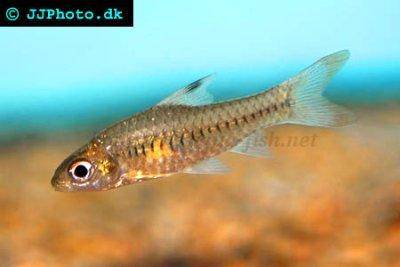

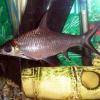 Bala
Bala 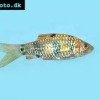 Spotted
Spotted 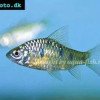 Golden
Golden 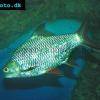 Tinfoil
Tinfoil 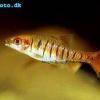 Blue-barred
Blue-barred 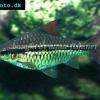 African
African  Butterfly
Butterfly 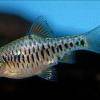 Olivegreen
Olivegreen 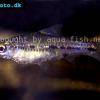 Morse
Morse 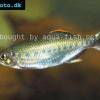 Jerdon’s
Jerdon’s 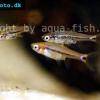 Mosquito
Mosquito 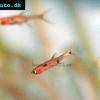 Dwarf
Dwarf 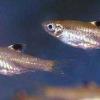 Eyespot
Eyespot 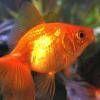 Goldfish
Goldfish  Penguin
Penguin 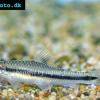 Siamese
Siamese  Koi
Koi 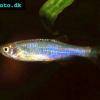 Pearl
Pearl 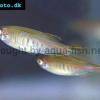 Glowlight
Glowlight 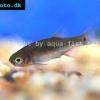 Crossbanded
Crossbanded  Yoma
Yoma 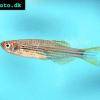 Orange
Orange 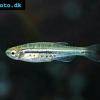 Dwarf
Dwarf 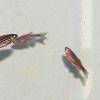 Zebra
Zebra 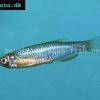 Rose
Rose 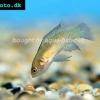 Red
Red 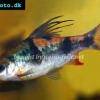 Arulius
Arulius 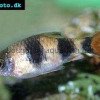 Tambraparni
Tambraparni 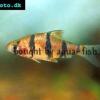 Fiveband
Fiveband 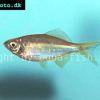 Bengal
Bengal 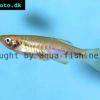 Tiger
Tiger 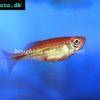 Malabar
Malabar 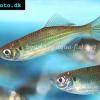 Queen
Queen 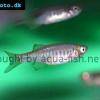 Hora
Hora 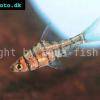 False
False 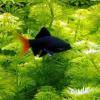 Redtail
Redtail 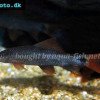 Rainbow
Rainbow 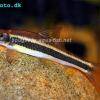 Flying
Flying 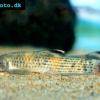 Garra
Garra 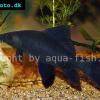 Black
Black 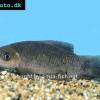 Purple
Purple 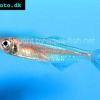 Burmese
Burmese 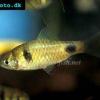 Dwarf
Dwarf  Isok
Isok 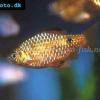 Rosy
Rosy 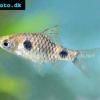 Two
Two 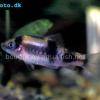 Melon
Melon 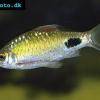 Black-spot
Black-spot 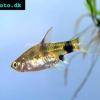 Golden
Golden 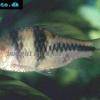 T-Barb
T-Barb 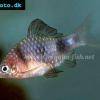 Ruby
Ruby 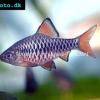 Checkered
Checkered 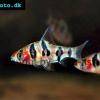 Rhomb
Rhomb 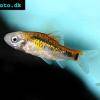 Gold
Gold 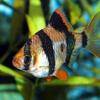 Tiger
Tiger 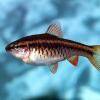 Cherry
Cherry 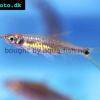 Brittan’s
Brittan’s 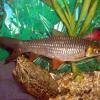 Greater
Greater 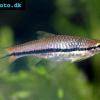 Long-band
Long-band 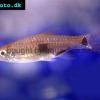 Twospot
Twospot 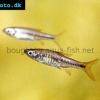 Reticulate
Reticulate 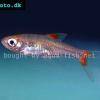 Cherry
Cherry 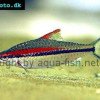 Denison
Denison 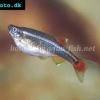 White
White 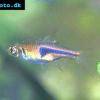 Lambchop
Lambchop 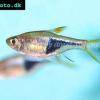 Harlequin
Harlequin